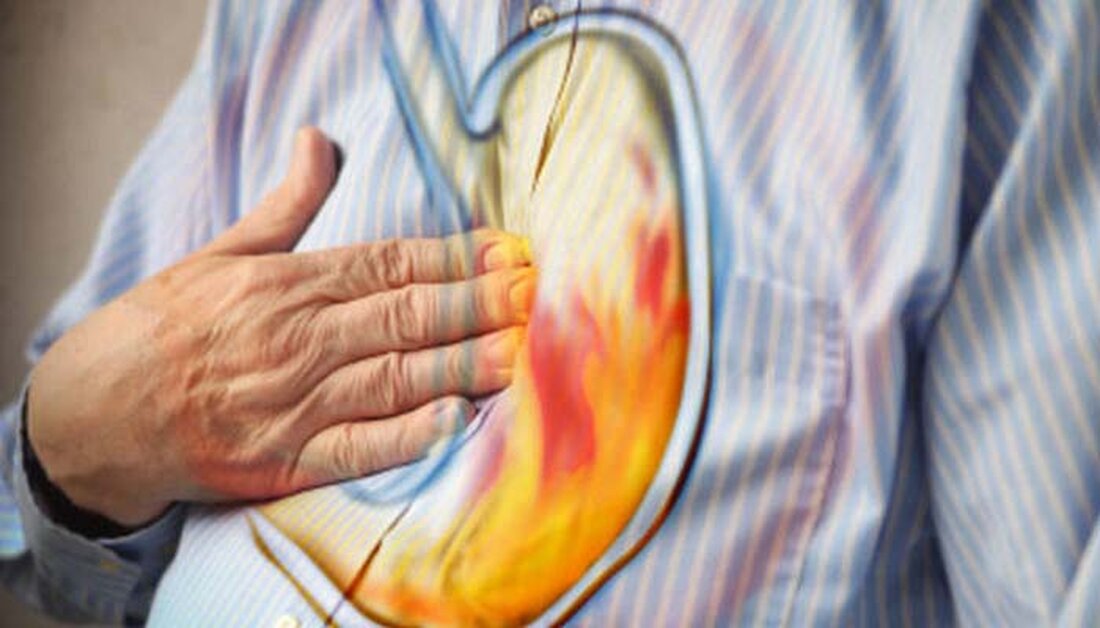Methods to treat acid reflux symptoms
Acid reflux or GERD (gastric esophageal reflux) disease inflames and irritates the esophagus due to the reverse flow of food as well as acid into the stomach. The esophagus, or commonly referred to as the food tube, is a tube that travels from the throat to the stomach, thus allowing food to reach the stomach after swallowing. The digestive process creates hydrochloric acid in the stomach for proper digestion of food. When the acid is created, the inner lining of the stomach helps resist corrosion with the help of mucus secreted by the stomach. The problem is that the lining of the esophagus cannot withstand the corrosion and therefore when there is backflow the...

Methods to treat acid reflux symptoms
Acid reflux or GERD (gastric esophageal reflux) disease inflames and irritates the esophagus due to the reverse flow of food as well as acid into the stomach. The esophagus, or commonly referred to as the food tube, is a tube that travels from the throat to the stomach, thus allowing food to reach the stomach after swallowing.
The digestive process creates hydrochloric acid in the stomach for proper digestion of food. When the acid is created, the inner lining of the stomach helps resist corrosion with the help of mucus secreted by the stomach. The problem is that the esophageal lining cannot withstand the corrosion, and therefore when backflow occurs, the linings are damaged. By the way, the esophagus is located right behind the heart and when acid reflux occurs, you have a burning sensation in your heart. During a natural procedure, the lower esophageal sphincter, a ring of muscle at the bottom of the esophagus, checks and prevents acid reflux. The normal procedure is when a person distends the esophagus, expanding to allow food to go down and then contracting to prevent its reflux. However, with GERD, the sphincter relaxes between the swallows, allowing reflux. This causes damage to the esophagus.
Over thirty percent of the American population is affected by acid reflux disease. The exact cause has yet to be determined. There are many causes that lead to acid reflux: excessive consumption of alcohol and smoking, junk and fatty foods, drinks containing caffeine, gluttony, and various other health problems. Many people can control and eliminate acid reflux by changing their lifestyle and dietary habits. However, in advanced condition, it is wiser to consult a doctor for proper treatment. If you have symptoms such as severe chest pain, vomiting or vomiting blood, black stools, and difficulty eating or drinking, you should contact your doctor immediately. Any delay can have serious consequences and adverse health effects.
To a large extent, symptoms can be alleviated with proper care at home. Control eating habits and eat at least 2 to 3 hours before bedtime. This reduces acid production. Sleep with your head in an elevated state. Food intake should be small and frequent. Always avoid fatty foods and junk foods, citrus fruits, caffeine, avoid alcohol and smoking, lose weight and avoid medications that affect acid reflux.
There are several non-prescription antacids that can neutralize acid aggravation, such as Gaviscon, Maalox, Mylanta, and Tums. Avoid taking these medicines for a long time as it may cause unnecessary side effects. The histamine 2 receptor blocker is also useful in such situations. However, you should take the medicine one hour before eating. The common H-2 drugs are cimetidine (Tagamet), famotidine (Pepcid), ranitidine (Zantac), and nizatidine (Axid). In severe cases, surgery may be necessary.
Inspired by Asher Cooper

 Suche
Suche
 Mein Konto
Mein Konto
